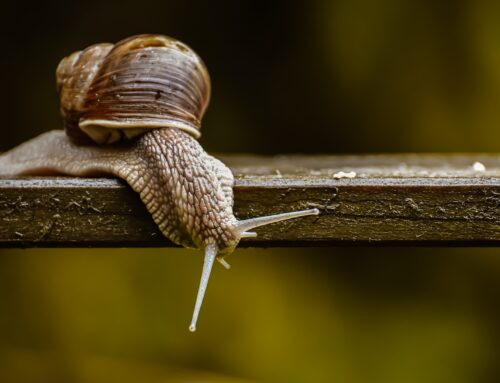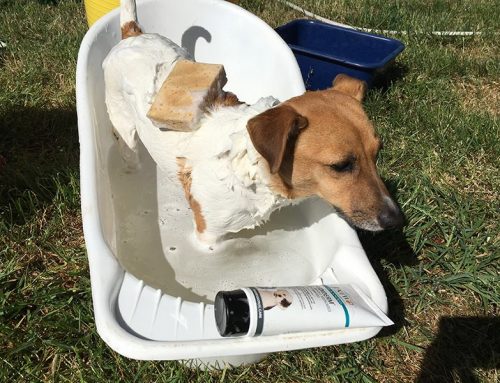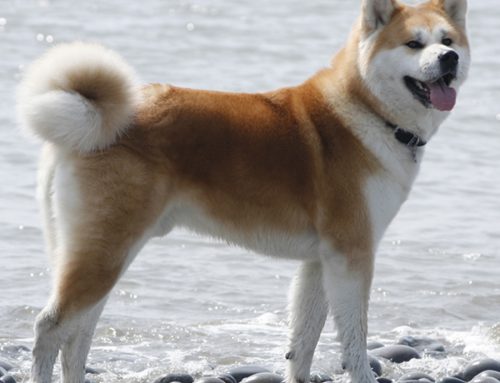 Even with a cracked tooth or periodontal disease that damages gums around the teeth, dogs will eat normally, greet you happily on your return home and do all the usual things you expect. You simply will not know when your dog has oral pain. The number one sign of periodontal disease is no sign at all.
Even with a cracked tooth or periodontal disease that damages gums around the teeth, dogs will eat normally, greet you happily on your return home and do all the usual things you expect. You simply will not know when your dog has oral pain. The number one sign of periodontal disease is no sign at all.
In the wild, showing pain would make the dog vulnerable to attack and this instinct is still maintained in domestic canines today.
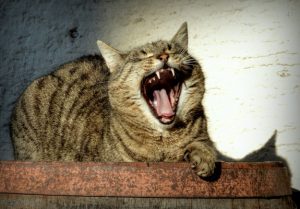 Cats are experts at hiding dental pain. As with dogs, their instinctive behaviour stems from their wild ancestry, when any sign of weakness could mean the difference between life and death. The modern-day cat just does not let his/her owners know when their mouth is hurting.
Cats are experts at hiding dental pain. As with dogs, their instinctive behaviour stems from their wild ancestry, when any sign of weakness could mean the difference between life and death. The modern-day cat just does not let his/her owners know when their mouth is hurting.
There is also differences between breeds and individuals in how pain is expressed and importantly the threshold of pain which needs to be reached before we see behaviour changes develop.
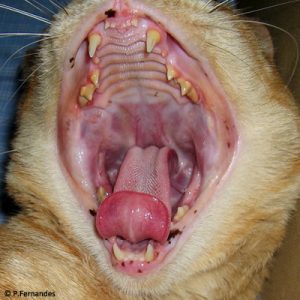 The other point which is often overlooked is that our companion animals, unlike humans, simply do not know that something can be done to alleviate their pain. Think about that for a minute… what is the point of carrying on like a pork chop if you have no concept that you can be helped?!
The other point which is often overlooked is that our companion animals, unlike humans, simply do not know that something can be done to alleviate their pain. Think about that for a minute… what is the point of carrying on like a pork chop if you have no concept that you can be helped?!
The number of patients we see who come in for “Dental Pain” is very low, yet the number of patients who have dental disease and therefore, chronic low grade pain, is very high. Chronic toothache or gum pain can be very detrimental, because it creates a “stress response” and levels of cortisol rise in the blood stream. Cortisol reduces the immune system response and contributes to infection and slower healing. Research has shown that the pain response can remain long after the injury has healed.
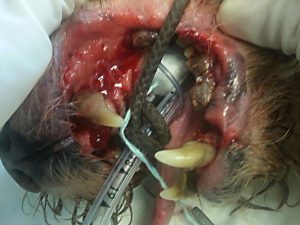 To be able to detect what is abnormal, it is important to know what is normal. We encourage owners to look inside the mouths of their pets from a very early age, so any abnormalities can be detected early.
To be able to detect what is abnormal, it is important to know what is normal. We encourage owners to look inside the mouths of their pets from a very early age, so any abnormalities can be detected early.
Check back here tomorrow evening, when we will publish the subtle and not so subtle signs to look for when detecting dental pain at home!
Thanks for reading, hope this has prompted some thought or discussion!
“Until one has loved an animal, a part of one’s soul remains unawakened.”
― Anatole France
I would like to add to that beautiful quote from Anatole the following : Dogs, cats and other furries bring a kind of sunshine into human lives. It is personally uplifting to repay that daily gift from your little friend with the provision of good care. Here’s what to look for in your furkid’s mouth that signals something is wrong, even though their tail is still wagging and they are still eating.
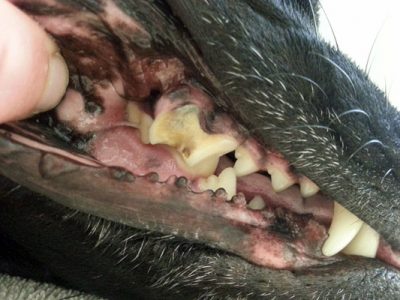 Canine Signs indicating pain:
Canine Signs indicating pain:
- Red or bleeding gums
- Blood on a chew toy or dropping the toy
- Yelping when they yawn or eat
- Wobbly teeth
- Stinky breath
- Blood stained saliva
- Head shyness (your dog not wanting you to touch their head)
- Difficulty picking up food or dropping food
- Chewing on one side of their mouth ( a common sign)
- Nasal discharge and sneezing (advanced gum disease in the upper canine teeth leads to a rotting infected hole between the nasal and oral cavity)
- Rotated teeth, discoloured or broken teeth ( these are not symptoms of ageing)
- Changed patterns of contact with the owner, often withdrawal
 Feline Signs indicating pain:
Feline Signs indicating pain:
- Dribbling a lot
- Aggression (sudden and unprovoked)
- Withdrawal and hiding
- Disturbances in sleep pattern
- Reduced grooming, poor coat and clumps of fur in the coat
- Changes in eating behaviour
- Change in food preference, hard to soft
- Food tossing into mouth and swallowing food whole
- Chewing on one side of mouth only
- Smacking of lips
- Mouth chattering
- Tooth grinding: especially in the back teeth
- Tongue hanging out of mouth with saliva dripping
- Change in play behaviour, won’t bite toy
- Blood in food or water bowl
- Bloody discharge from nose
- Rubbing or pawing face, sometimes looks like trying to push something away from below the eye
- Hair loss under the eye or around the muzzle
- Withdrawing from cheek rubbing for affection
- Dropping food outside the food bowl, reluctance to chew
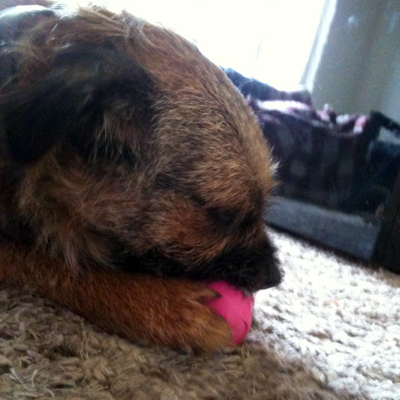 Dogs and Cats show more signs of pain relief than of the original pain.
Dogs and Cats show more signs of pain relief than of the original pain.
After a dental procedure, it is very common for us to hear that a dog or cat is, “much more active”, “acts years younger”, “eats much better”, “wants to play”, ” started grooming again”, or has started a behaviour that has not been done in years like playing tug toy.
Dental health should be an extremely important focus for the duration of your pet’s life. Make it a habit to check weekly and give a reward after the handling to encourage further compliance.

